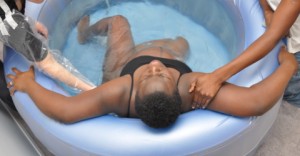 This is the third in a series of posts on Booby Traps™ during pregnancy, made possible by the generous support of Motherlove Herbal Company.
This is the third in a series of posts on Booby Traps™ during pregnancy, made possible by the generous support of Motherlove Herbal Company.
It’s time to wade into a sensitive topic here: the relationship between birth and breastfeeding. I’m sure you know by now that Best for Babes stands for discussing breastfeeding in a judgement-free manner. Of course, that policy extends to the topic of birth. In this post I’m going to write about what we know about the relationship between birth and breastfeeding, based on the available research. It may describe your experience, or it may not, but we have an obligation to report the information we have so that we can all make informed decisions.
While we’re pregnant we do a lot of planning for our births. We learn about labor and birth, practice relaxation techniques, and try out laboring positions.
But how much time do we spend thinking about having a birth that sets us up well for breastfeeding? I’ll admit that for my first birth I probably devoted more time to picking out which kind of lip balm I was packing than thinking about how my labor and birth might affect breastfeeding.
Research tells us that the way we labor and birth has profound effects on our breastfeeding experience. So how do we avoid some common Booby Traps™ that occur because of the way we birth? And what should we be discussing with our OBs and midwives prenatally to get the best possible plan in place?
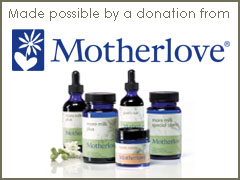 I’m not going to be talking here about planning for the newborn period - that’ll be in a future post - but if you’d like to skip ahead in preparation for an upcoming birth (a great idea!), check out this breastfeeding-friendly newborn care plan I wrote previously.
I’m not going to be talking here about planning for the newborn period - that’ll be in a future post - but if you’d like to skip ahead in preparation for an upcoming birth (a great idea!), check out this breastfeeding-friendly newborn care plan I wrote previously.
I’m going to rely heavily on Linda Smith’s The Impact of Birthing Practices on Breastfeeding, an exhaustive look at what the research has to tell us. Last year I interviewed Linda for a podcast on birth and breastfeeding, and I asked her to list her top pieces of advice she’d have for mothers who want to have a labor and birth that set them up well for breastfeeding. Knowing all that she knows about the research on this topic, here’s what she had to say:
1. Have a doula, or another trained birth support person, present. Why? Because doulas and others are skilled at helping you labor with as few interventions as possible. And it’s these interventions that can cause breastfeeding problems. We might not like to hear this, but pain medications transfer to your baby (in spite of what you might hear from some providers) and can make them sleepy and poor feeders after the birth. These medications also slow your labor, which makes induction, IV fluids, vacuum and forceps use, and c-sections more likely - interventions which can cause breastfeeding problems like delays in milk coming in, breast edema, sucking problems, and excess weight loss in the baby (see the podcast for a discussion of each intervention and its effects).
The effects of medications are generally dose-dependent, meaning that the more you get of them, the greater the chance of breastfeeding problems. So even if you know that you are going to be using pain medications, doulas or other trained support people can help you use less medication and often avoid the “cascade” of interventions that often follow. Can’t afford a doula? Linda suggests that you send your mom, sister, friend, or partner to a training. Or you could have them read up on ways to help mothers labor with more comfort (The Birth Partner, by Penny Simkin is a great resource). Linda stresses that this support person must be a companion of your choice and that this person reports to you.
2. Learn non-drug pain relief techniques for use before, in addition to, or instead of, medications. Linda’s second suggestion is along the same lines. She says, “This doesn’t mean that you can’t use medications, but you’ll probably use less of them because you won’t need them.” Non-drug means of pain relief are the kinds of things you might learn in a childbirth class, but you may want to supplement what you learn there with extra reading or instruction. Be sure that you and your partner know lots of laboring positions, massage techniques, acupressure points, visualization and breathing techniques, and about the use of water in a birthing tub or bathtub, for example. And make sure that your providers are supportive of these things. (“Will I be able to move around in labor and birth in the position that feels best to me? Labor in water?”)
3. Learn your doctor/midwife and hospital’s induction rate, c-section, and epidural rates. Why? Linda says, “Because if you don’t want any of those, don’t go where they do 80% of them.” If the rates of any of these are higher than you’re comfortable with, check out other options. I’d note that Linda’s suggestion is to find out about both your practice’s rates and the hospital’s rates. At many hospitals there are several different practices working there, and each may have different outcomes. Hospital data alone won’t show that. I know mothers who have changed practices at 39 weeks. It’s possible, and your experience is far more important than any concerns about hurting a provider’s feelings.
Remember that if your birth does involve a lot of interventions, all is not lost. Just be sure to get skilled help if you need it. I asked Linda what mothers can do when their births did involve a lot of risk factors for breastfeeding problems, and her advice was “skin to skin, skin to skin, and more skin to skin.” I’ll come back to that topic in future posts.
I know that this is all easier said than done. With record c-section rates, high induction rates, limited access to vaginal birth after cesarean, and other policies, you may need feel like you’re swimming uphill. But doing what you can do to give yourself the best chances at a birth that is supportive of breastfeeding is worth the effort. Be sure you give it a lot more attention than you give to the flavor of lip balm you’re packing. You won’t be sorry you did.
How did your birth impact your breastfeeding experience?



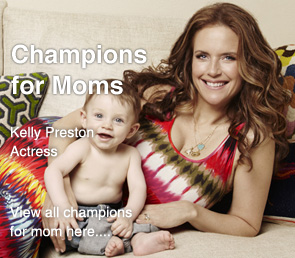
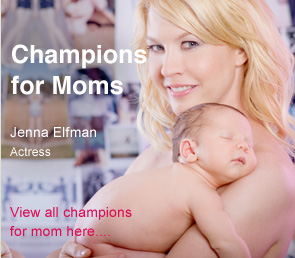


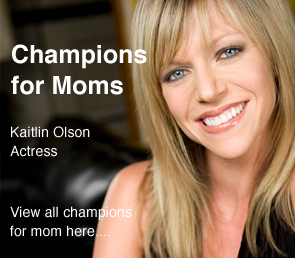
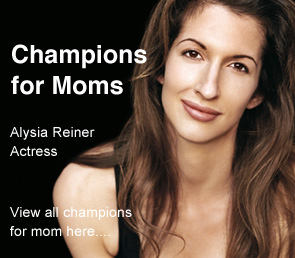
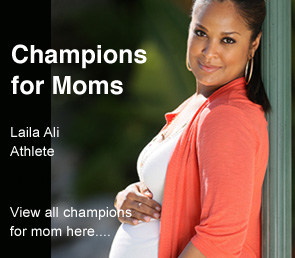
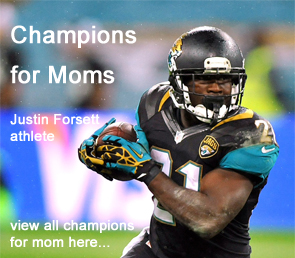
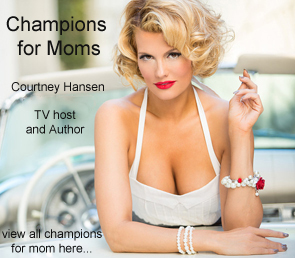
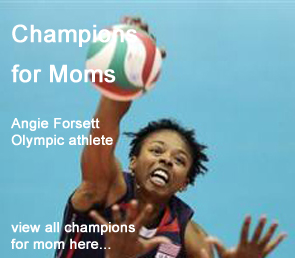
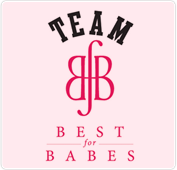
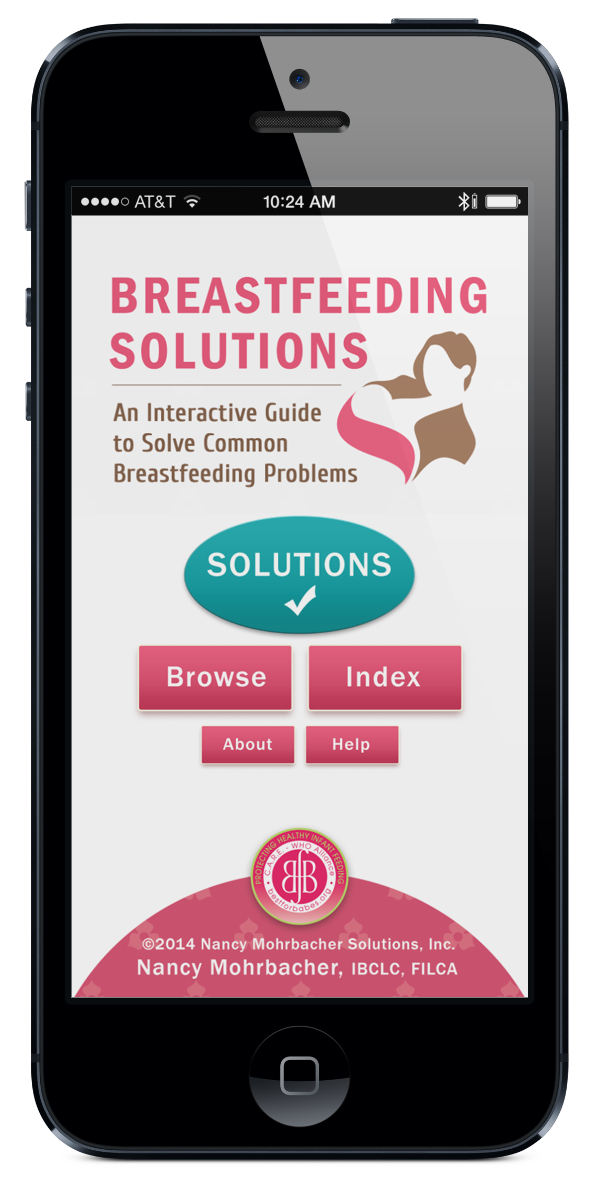
My birth experiance, was not what I had wanted and after reading this I now think I know why it took two weeks to teach my baby boy how to suckle. I had pitocin forced onto me under the pretention that I was not progressing fast enough, almost imdediately after the pit I became extreamly nauseated and could not stop puking untill I got one shot of nebane, as soon as the newban kicked in I had my son in my arms five minutes later no joke! Newbane made the nausea go away so I was able to relax and enjoy my labor from that point on, I went into transition really fast and had but as I said before within 5mins after the newbane, I just wish I had been allowed to progress on my own so I could have enjoyed all of my labor.
My first was a cesarean, followed by hours of separation, and (big shock) my baby never learned to latch and my milk never properly came in.
Second time, I got my VBAC, put that baby right on my nipple, he latched immediately, and we never had a single problem breastfeeding. I breastfed him for 31 months while working full time, going to school full time, and taking care of two kids - AND getting pregnant again. I absolutely believe that my vaginal birth helped set us up for that.
This time? I’m about 6 weeks away from hopefully birthing my baby in a tub in my living room, and expect for breastfeeding to go just as smoothly because of that.
However, if something happened and I ended up having to transfer or have another surgery, I know now all the steps I could take to try to overcome those hurdles. Still…. a nice, normal birth would just make it all the simpler.
I had the same - a cesarean followed by a VBAC - and the recovery from the c-section alone made breastfeeding (and most everything else) much more challenging.
Great to hear that you’re so prepared for any situation for your next baby! I wish all moms knew what you do.
Another great post! I don’t think women really think about pain medications and what happens after the baby comes out (I know I didn’t) but I experienced 5 weeks or latch training on my newborn.
My second birth was at home, drug free, and my baby was a champ! He was tongue tied but instinctually knew how to nurse. We had his tongue clipped at a few days old and it was perfect.
You can’t convince me that the medically intervened birth (induced and probably too soon), epidural, and brief separation at birth had nothing to do with my first son’s terrible latch.
I had an epidural, and it delayed my labor so they used a vacuum. The epidural made me feel really shaky and cold, and I couldn’t hold DD because I was so afraid I’d drop her. We nursed a few hours after she was born (I didn’t realize how important it was to nurse right away) and it took 4 days for my milk to come in. The next 3 weeks were truly awful, and so difficult. I somehow pulled through, and am still nursing her- she is 27 months old. And I’m 32 weeks pregnant. I hope I will not repeat the same mistakes!
Thank you so much for highlighting how what happens during labor can set you up to make breastfeeding easier, or harder. I’m looking forward to seeing your “skin to skin”/newborn post, and hope that you will include mothers who give birth by Cesarean, like in this post: “Mothers Yearn for Their Babies at Birth”. It’s not commonly done, especially in the U.S., but it *is* possible; and just about everything except weighing the baby can be done with the baby in mom’s arms! And if it can be done w/ a C/s, surely it can be done with a vaginal birth.
Kathy,
I’ll definitely write about skin-to-skin for c-section births, and you’re right that while it certainly is possible, it’s not common practice. Thanks for the nudge!
Last year I wrote about discussing this with my midwife when I was pregnant, and was so happy to hear that my (carefully picked) hospital would get my baby on my chest right away if I ended up with a c-section (I didn’t this time): http://breastfeeding.blog.motherwear.com/2010/05/lucky.html
I too had a C-Section, due to a breech baby, and the fact that I was on heparin injections for my entire pregnancy, to combat a clotting disorder that resulted in my losing two pregnancies, one at 13 weeks and one at 20.
I was extremely lucky to have given birth in an extremely “pro” breastfeeding hospital. I was able to have my baby with me in the recovery room, and she was with me almost the entire time until I was moved to my regular room.
I was DETERMINED to make breastfeeding work, had done my research, but was wholly unprepared for how hard it would be. The recovery from the C-Section wasn’t terrible for me, only because I think, given my history, I was thrilled to have a healthy baby. Again, I had angels for nurses and lactation consultants in the hospital, we ultimately needed a nipple shield, because she was a preemie with a high palate, and Miriamne had to go to the NICU because she failed her carseat test and lost over 10% of her body weight. Through all this, the hospital ensured I was there every two hours to try to breastfeed, and only twice did they have to supplement. I was okay with this, as I subscribed to the “my baby’s needs come before my wants”.
If it were not for all of the wonderfully educated, patient, and caring staff at the hospital, and the fact that my pediatricians office employs an LC, I don’t know if I would have made it to 2 months, much less the 15 before she weaned.
I am extremely proud of what I feel to be a huge accomplishment, breastfeeding was the best choice I could make, but I completely understand the “booby traps” out there that force women to think they have no other choice, or that their bodies aren’t working properly, or that their baby is starving all of the time, rather than getting the help and support that is often needed. It isn’t natural for everyone, and, hopefully, if God blesses us with another baby in the future, I will have a VBAC, making the process that much easier.
Thank you so much for allowing me the opportunity to write my experience.
Hi Katie,
I’m so glad you did share your story!
Breastfeeding a preterm baby is nearly always very challenging, and I’m so glad that you got excellent support. I wish all moms had such a great team. And I think you should indeed be proud of this accomplishment - I know that it took a lot of effort and persistence!
Tanya
I was fortunate enough to give birth at a free-standing birthing center. I had a completely natural delivery, and my son was able to begin nursing within a half hour of taking his first breath! We were never separated, and he never received an artificial nipple nor an ounce of formula. He’s 7 months old now and a breastfeeding champ.
I consider us very lucky.
My first was also a c-section, followed by hours of separation (4 1/2 I think). I was VERY blessed with a good LC and a great nurser.
My second was a planned c-section, where I begged to not have morphine, but ended up with it afterall. I guess the message didn’t get to the anesthesiologist that I didn’t want morphine. My baby latched right away. Surprised the nurses how quickly we got going. Then the morphine kicked in and she slept nonstop. I couldn’t wake her up to eat. She kept losing weight … enough that by the end of my stay they were talking formula and bottle.
I was irate. I refused formula. But they weren’t going to discharge us without her weight stabilized. I had her on my boob nonstop for the last day and a half of my hospital stay. It was a very stressful hospital stay. I was pleased when I got home and was able to be comfortable.
My first birth was vaginal. When I hit transition, I gave in and got an epidural, but needed nubane to relax enough to get the epi inserted safely. After 1.5 hours of pushing, the doc saw that my dd’s head was not lined up right so he used the vacuum to get her out. No one encouraged nursing right after birth. When someone gave her to me to try, she wouldn’t latch. Later on, an LC told me that she had a small mouth and a high palate. 8 long weeks later, she finally figured it out. My persistance paid off!
I had great births and 2 were under an epidural. My babies sucked right away even having that epi. My first child was drug free and rushed to the nicu never breastfed her because she didn’t know how to latch properly it hurt so bad! Second I was up for almost a week labor pains would come at night and go away when my daughter was awake in the day finally was able to go in to be admitted. I was tired my drs seen it and offered me the epi so I could sleep I took it and slept till I had to push it was great. My 3rd I had back labor for well over a week! And once again got the epi. Both my 2nd & 3rd breastfed just fine. I’m now pregnant with #4 and ill have to see how things go. I won’t say it will be under the epi or drug free as I don’t want to limit myself or disappoint myself by doing something that wasn’t on my “birth plan” so I never make one and we just go with the flow.
Pingback: Ten ways partners can support breastfeeding moms | Motherlove Herbal Company Breastfeeding Blog and Podcasts